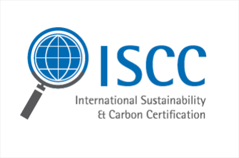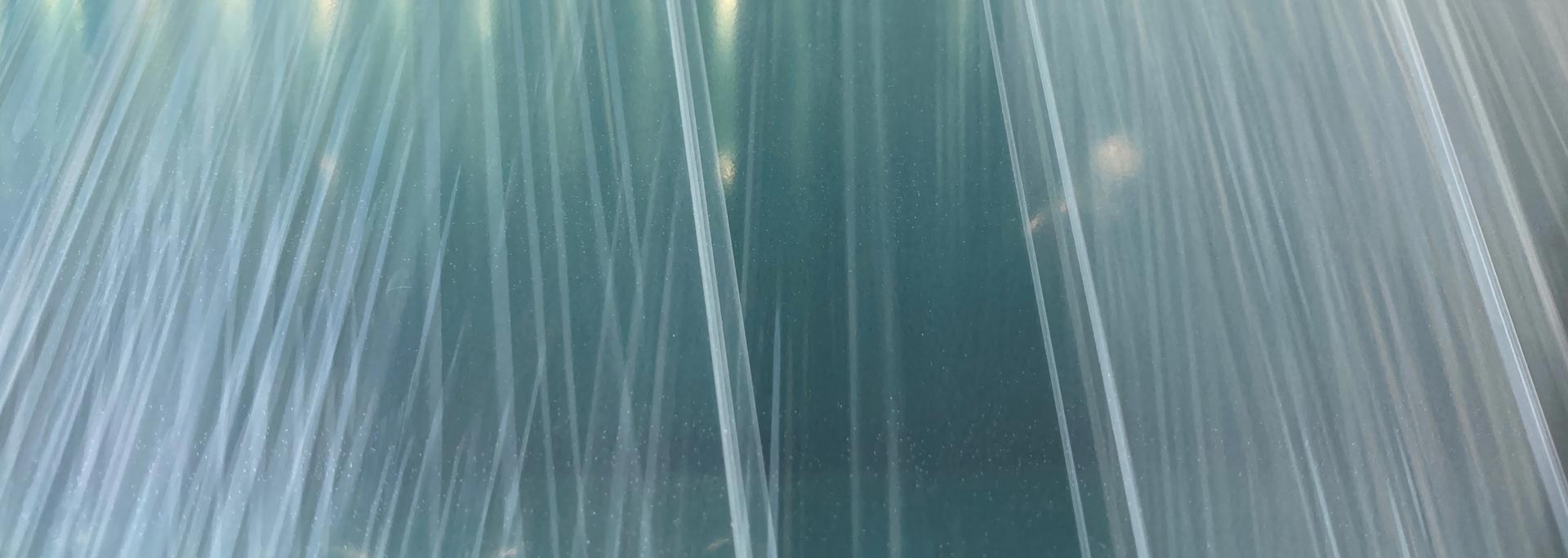Sustainability
Packaging is essential. It is linked to our life model, it is linked to our production model and it is also linked to the goods distribution system.
Abandoning packaging to reduce pollution is only a utopian ideal but rationally designing the most sustainable packaging for each product is absolutely realistic.
Years of negative advertising about plastics have created an image that contrasts it with paper as an ecological solution to packaging but reasoning this does not correspond to reality.
The raw materials for producing packaging have always been paper and plastic.
- Paper or cardboard is biodegradable and recyclable, and it guarantees protection in packaging but requires a certain volume and weighs. Recycled cardboard must be thicker and heavier to guarantee hold, while kraft paper is produced from cellulose pulp and is necessarily linked to exploitation of forest resources, even if they may be renewable. The recycling process has an impact on the consumption of h2o and chemical agents, and transportation affects this a lot since it is a very bulky product.
- Plastic is recyclable but not biodegradable. It was created not to be biodegradable and this is both its value and its flaw. In packaging it guarantees protection, reduces volume and weight and extends the life of the food product. A post-consumer product can be recycled indefinitely through a production process with low environmental impact. Mechanical recycling requires a mill that chops the product and an extruder that re-melts it with little energy, making it a reusable raw material once again.
They must coexist in packaging and remain separate to facilitate recycling: one does not exclude the other. Excluding plastics in favour of paper would lead to a huge increase in the demand for pulp, a speculative price increase and a lack of product with the consequent exploitation of non-renewable resources (forests).
Even now, the demand for cardboard is very high and almost unsustainable. Recycled cardboard is absolutely not enough and the production process has a much bigger impact than recycling plastic. The increase in packaging prices would nullify companies' primary objective.
The most sustainable packaging is undoubtedlythe lightest and least voluminous and the least expensive kind, therefore its production process should have a lower impact in terms of co2 emissions and h2o consumption.
If the currently fashionable concept of "plastic free" were to continue, we would inevitably have to replace all plastic with cardboard and this would have a devastating impact on nature due to the exponential increase in demand for cellulose (trees). Prices would skyrocket, leading to deforestation in poor countries enticed by the demand for wood pulp.
Surely the best way is to continue to use both products in the most correct way:
- recycling both paper and post-consumer plastic
- using post-consumer recycled products and encouraging their use
- using BIO-ATTRIBUTED POLYMERS wherever possible
Each of these products has its special features and its drawbacks, but all of them must coexist and with the right design you can always maximise their merits.
However, the best way involves technological research aimed at continually reducing the weight of the packaging and therefore the volumes,, transportation and consequent emissions.
The media should not be committed to pursuing impossible objectives but rather to encouraging consumers to appreciate and use recycled and bio-attributed products as an alternative, and to continue researching the lightest, least bulky packaging possible for each product.
Only minimally.
how can we reconcile a purchasing department's quest for lower costs with that of reducing the environmental impact of the product?
- lower cost
- lower weight
- lower consumption of resources
- lower co2 emissions
how can we design sustainable packaging?
Revapack-Friendly Journey
We design your sustainable packaging
Our proposal starts from a careful analysis of your products and your packaging line. Our goal is to optimise your plastic packaging using new polymers, making it sustainable and environmentally friendly.
By providing you with an LCA (Life Cycle Assessment) certification, we could certify the difference in CO2 emissions between your current fossil-based plastic packaging and any new product with recycled and bio-attributed polymers.

We certify your sustainability
We design your packaging following the criteria of lower weight, lower cost and greater sustainability, using mechanically recycled polymers and using polymers produced by Italian BIODIESEL (a monomer that replaces that derived from petroleum). Thanks to the ISCC PLUS certification, we can guarantee and certify the origin of our product and the consequent reduction of emissions.
We can brand your packaging with the ISCC logo, which allows you to access new markets and facilities in national and international trade. The ISCC standard allows the sustainability of all the raw materials that a company is managing to be certified and is recognised on all markets globally.
- Environmental sustainability: protection of soils with a high biodiversity value or high carbon stock, supply chains free from deforestation, environmentally responsible production in order to protect soil, water and air.
- Social sustainability: safety at work, respect for human, labour and land rights, compliance with legislation and international treaties.
- Monitoring of greenhouse gas emissions (GHG).

Research & Development
Creation of the Reva shrink film line
Thanks to our research and experimentation with innovative materials such as OCTENES and METALLOCENES, the modification of extrusion systems to adapt them to new materials and continuous tests on customers' machinery, we have replaced products with films with a minimal weight and optimal mechanical and optical characteristics.
Creation of the circular polymer series
The ISCC PLUS certification allows us to guarantee the traceability of our materials to the customer in terms of their renewable origin. We purchase batches of granules from renewable sources that reduce CO2 emissions in their production cycle. With this system we can guarantee customers an effective reduction in emissions in the production cycle of their packaging.


